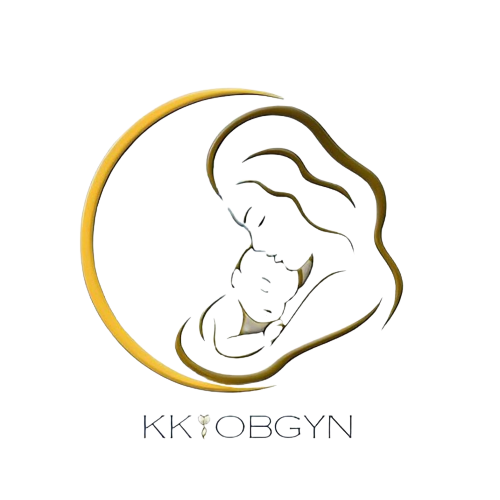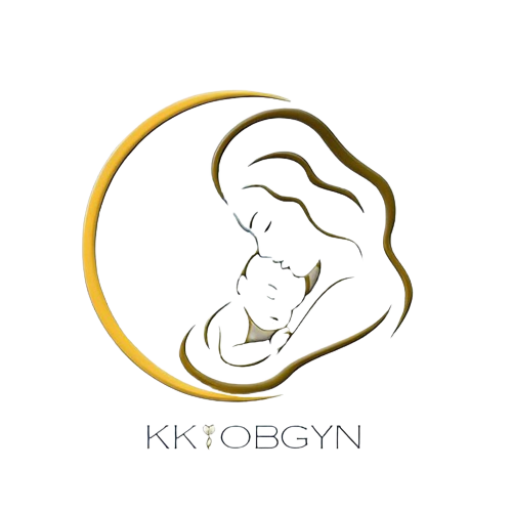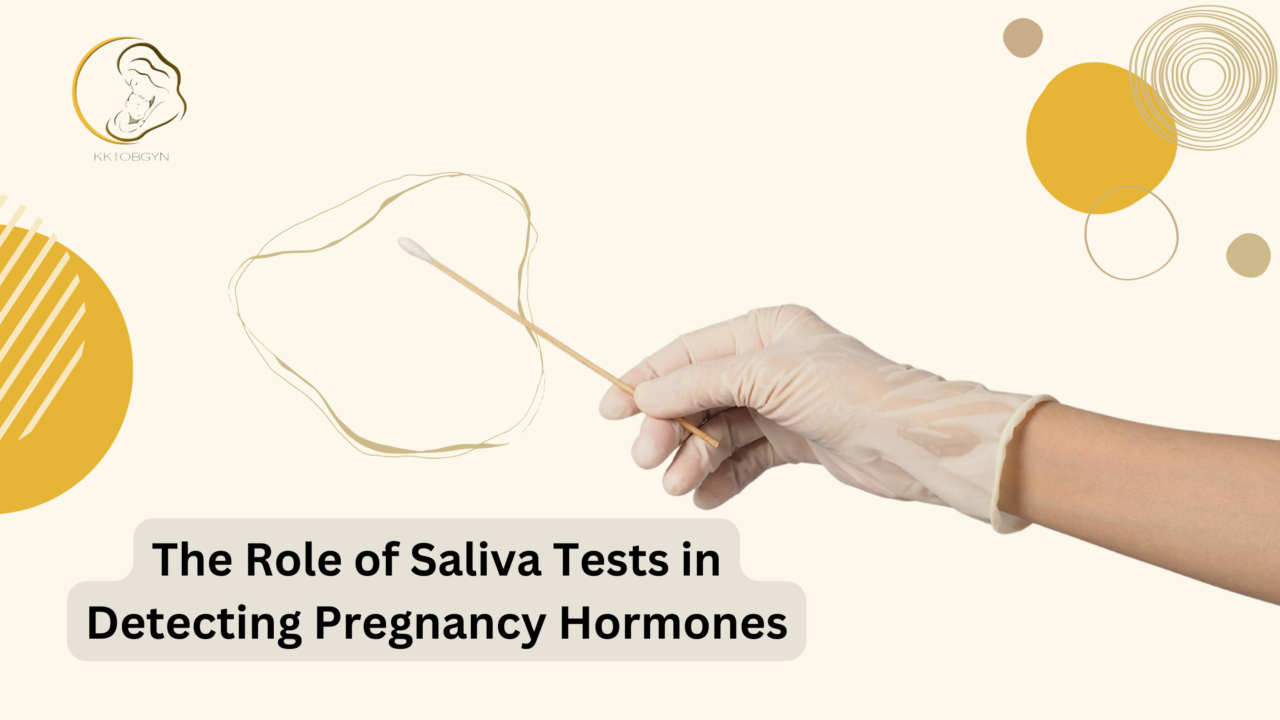Pregnancy detection has evolved significantly over the years, with urine and blood tests being the most commonly used methods. However, saliva-based pregnancy tests are emerging as a potential alternative due to their convenience and non-invasive nature. These tests analyze hormone levels in saliva to determine pregnancy, offering a promising and innovative approach to early pregnancy detection.
Understanding Pregnancy Hormones
When a woman becomes pregnant, her body begins producing specific hormones that signal the presence of a developing embryo. The key pregnancy hormones include:
|
Hormone |
Function |
Presence in Saliva |
|
Human Chorionic Gonadotropin (hCG) |
Supports the corpus luteum, ensuring progesterone production for pregnancy maintenance. |
Detectable in saliva but at lower concentrations than in urine or blood. |
|
Progesterone |
Prepares the uterine lining for implantation and supports early pregnancy. |
Found in saliva and useful for fertility tracking. |
|
Estradiol |
Regulates reproductive functions and aids in fetal development. |
Present in saliva, used in cycle monitoring. |
How Saliva Pregnancy Tests Work
Saliva-based pregnancy tests detect the presence of hCG and other hormones in saliva. These tests typically involve:
- Collecting a Saliva Sample: The user places a small amount of saliva on a test strip or specialized device.
- Waiting for Reaction: The test reacts with pregnancy-related hormones.
- Interpreting the Results: A positive result indicates that hCG is present at detectable levels, suggesting pregnancy.
Advantages of Saliva Pregnancy Tests
Saliva-based pregnancy tests offer several benefits compared to traditional urine or blood tests:
|
Advantage |
Explanation |
|
Non-Invasive |
Requires only a saliva sample, eliminating the need for needles or urine collection. |
|
Early Detection Potential |
Some studies suggest saliva tests may detect pregnancy hormones earlier than urine tests. |
|
Convenient and Discreet |
Can be performed anywhere without the need for a bathroom or medical visit. |
|
Reusable Options |
Some saliva tests involve reusable devices, making them more eco-friendly. |
Challenges and Limitations
Despite their advantages, saliva-based pregnancy tests have some limitations:
|
Limitation |
Explanation |
|
Lower hCG Concentration |
hCG levels in saliva are significantly lower than in urine or blood, making detection more challenging. |
|
Accuracy Concerns |
Some saliva tests have shown inconsistent results compared to standard urine and blood tests. |
|
Sensitivity Issues |
Not all saliva tests can detect very early pregnancy, leading to false negatives. |
|
Limited Availability |
Saliva-based pregnancy tests are not as widely available as traditional options. |
Comparing Pregnancy Test Methods
To better understand how saliva-based tests compare to other methods, here is a comparative analysis:
|
Test Type |
Sample Required |
Detection Timeframe |
Accuracy |
Ease of Use |
|
Saliva Test |
Saliva |
Early, but inconsistent |
Moderate |
High |
|
Urine Test |
Urine |
10-14 days post-ovulation |
High |
High |
|
Blood Test |
Blood |
6-8 days post-ovulation |
Very High |
Requires clinic visit |
Future of Saliva-Based Pregnancy Tests
Research is ongoing to improve the accuracy and reliability of saliva-based pregnancy tests. Advances in biosensor technology and hormone detection may make these tests a mainstream option in the near future. Scientists are working on refining the sensitivity of these tests to detect even lower levels of hCG, which could make them as reliable as urine-based tests.
Conclusion
Saliva-based pregnancy tests represent a promising innovation in pregnancy detection. While they offer convenience and a non-invasive alternative to traditional methods, they still require further development to enhance accuracy and reliability. As research progresses, saliva tests may become a widely accepted tool for early pregnancy detection, giving women more options to confirm pregnancy in a hassle-free manner.


